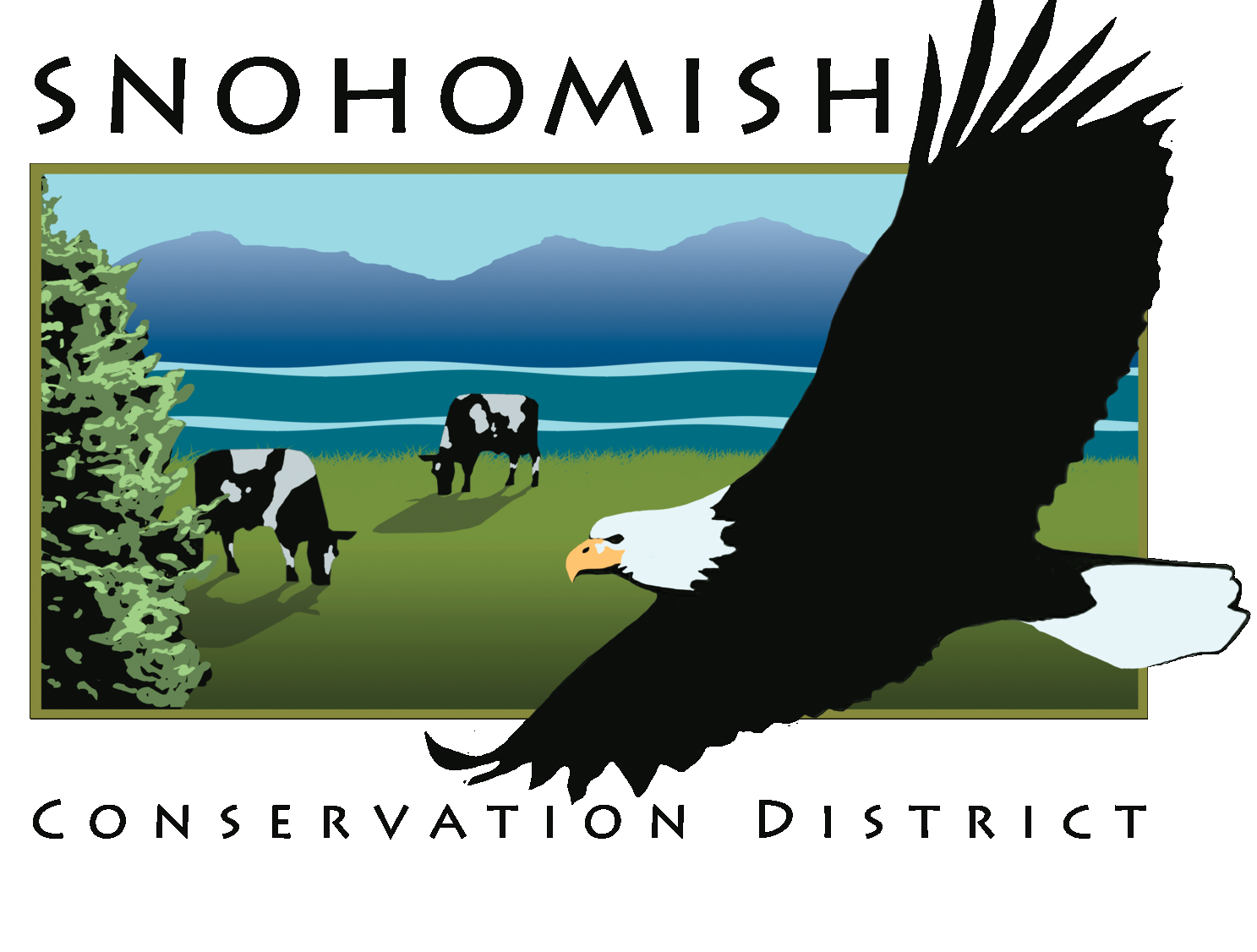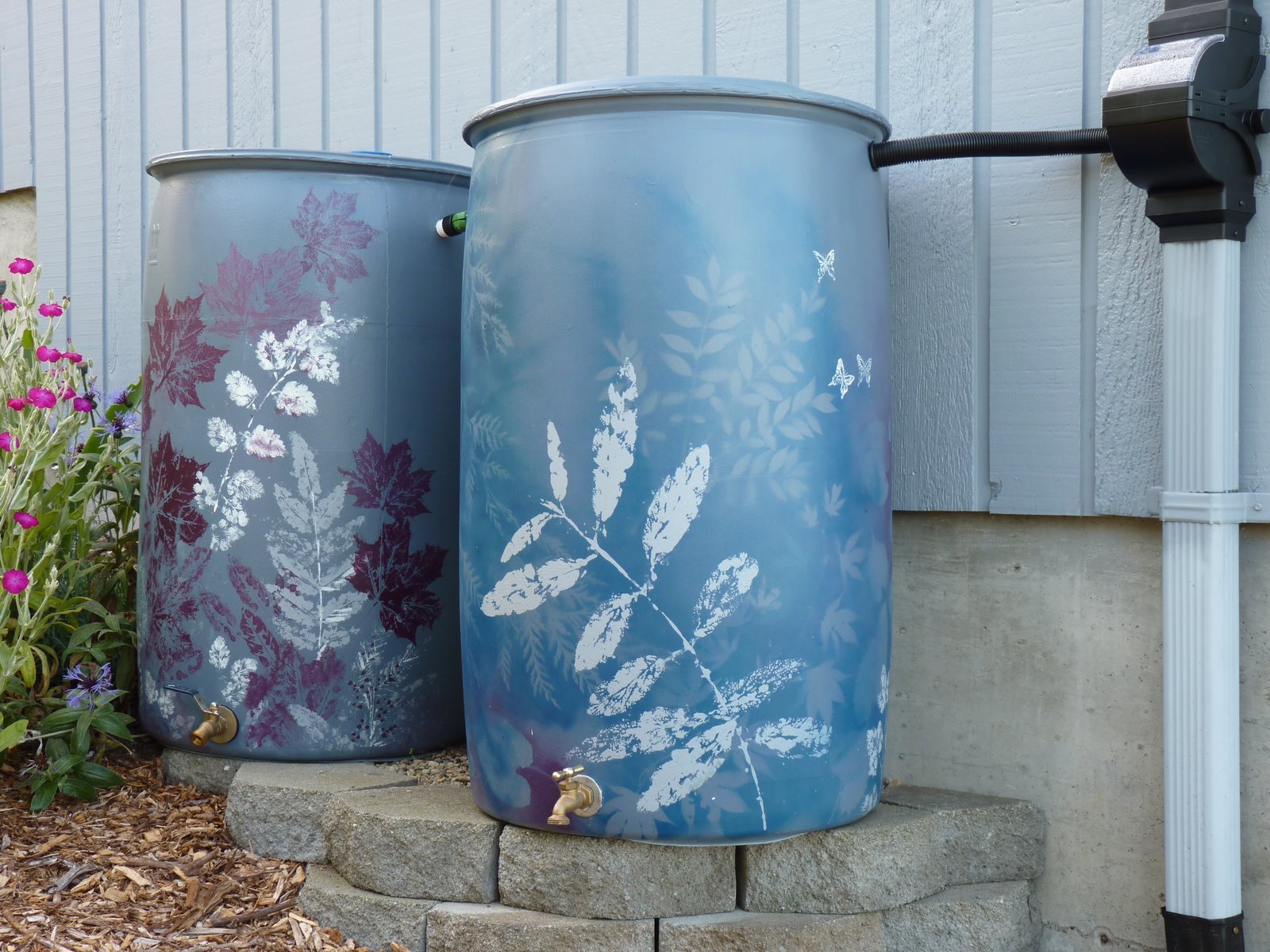Detention Ponds Work Overtime in the Rainy Season
/It’s almost winter, which means we’re knee-deep in the middle of the rainy season. In an average year, Snohomish County gets 35 inches of rain, and most of it falls during these next few months.
All of that rain has to go somewhere and much of it becomes stormwater, traveling across the landscape and eventually into Puget Sound.
Read More



















